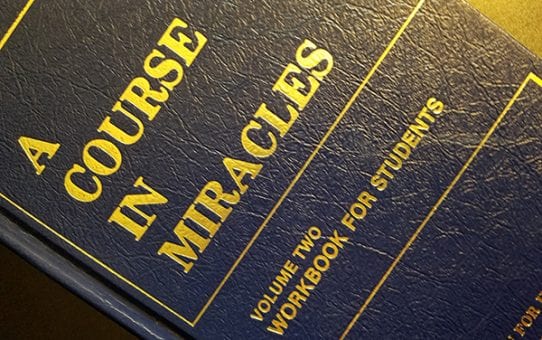At a recent Harvard University speech, New York Times Book Review Editor Barry Gewen revealed unknown details about The New York Times Book Review’s “inner workings.” Authors wanting to get the acim audio will find insight into the minds of the reviewers at “The Gray Lady.” These inside secrets from that speech and gleaned from other sources may give authors a better idea if their book ever has a chance at making the cut.
As a book publicist, I talk to authors and clients every day and most have two ultimate goals: Get on Oprah and get reviewed by The New York Times Book Review. As one of the most influential and widely read book review publications in the industry, a write-up in the New York Times usually results in a strong sales surge and other media outlets writing about the book as well.
In the New York Times article, “Secret Workings of ‘Times’ Book Review Exposed!,” Gewen discussed who takes part in the review, how books are ultimately chosen, and how unglamorous the job really is in the Times building.
Gewen says The Book Review does not print the names of its editors except when they write articles. Furthermore, he stated that there are only about 17 people on the Review roster including support staff.
First named is Editor Sam Tanenhaus who came to the Times with intentions of creating “fireworks,” but found that with all of the “disgruntled authors, agents, editors and publishers who call to complain about coverage,” reality can be wearing. “There is no bitchier industry than publishing,” Gewen said.
In addition, preview editors – Alida Becker, Rachel Donadio, Dwight Garner, Barry Gewen, Jennifer Schuessler, and one other editor – are responsible for “choosing books, finding reviewers, and editing.”
There is also Deputy Editor Robert Harris and Senior Editor Dwight Garner, as well as copy-editors, an art director, a children’s editor and a clerk on the team.
The process of deciding what gets reviewed and what doesn’t is quite demanding work. “It begins with the clerk who goes through the pile of 750 to 1000 advance manuscripts that the office receives each week,” says Gewen. However, don’t expect your self-help book, reference guide or travel manual to get any attention in the initial review by the clerk. Those books are “tossed.”
Then, the rest of the manuscripts are taken to Tanenhaus’s office where the senior editor and deputy editor divide them up and get rid of more.
This leaves the six preview editors with about 25 books to look through. Keep in mind this winnowing process has just cut upwards of 750 or more books! Gewen said he spends at least a half hour on each book and chooses four or five, then rejects the others. Reasons most often cited for exclusion, “too narrow for us” or “workmanlike.”
In an interview with Tanenhaus by Michael Orbach of “Knight News, “If a writer is not bringing something new to the conversation or is not very well-established with a following, long-awaited book, or has really superb narrative or analytical skills, there’s a good chance the book won’t get reviewed.”
